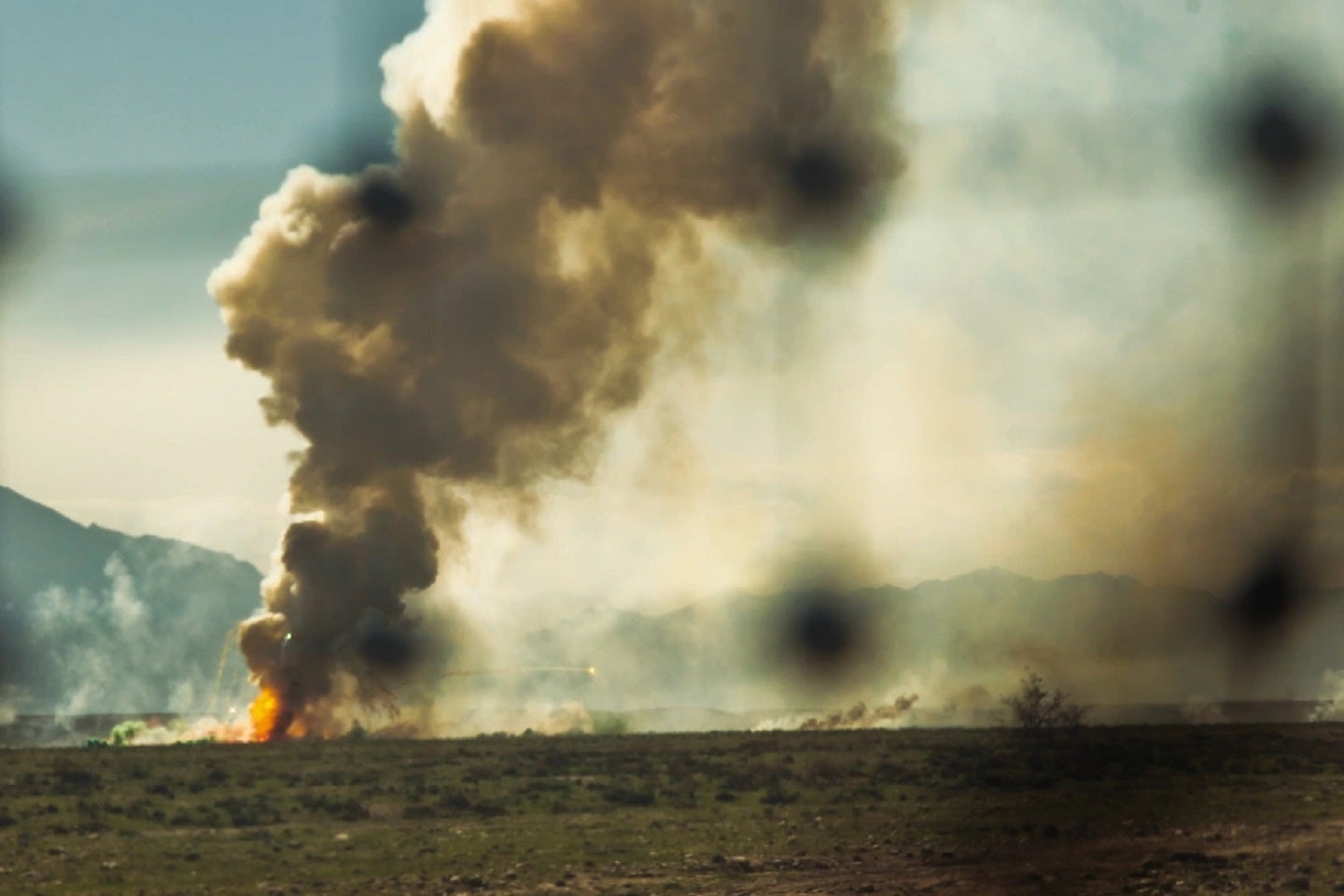
The high rate of ammunition consumed during the Russo-Ukrainian war continues, as Ukraine’s expenditure considerably outpaces Western supply.
As the war has contributed to a more permissive arms trade, there will be a greater necessity for newer, more sustainable efforts to demilitarise and dispose of the materials and by-products safely and responsibly.
As the US leads the West’s effort to match Ukraine’s consumption while also restocking its supplies, it is understood that this will have a considerable impact in this area of concern.
However, the US Department of Defense (DoD) appears to be cautious of the hazardous implications of its defense policy efforts.
On 22 February, the DoD awarded a contract to the New Jersey-based SAVIT Corporation to research and develop (R&D) new demilitarisation technologies and processes to safely and effectively treat and render unusable or inert ammunition, dispose of all its by-products safely and in compliance with environmental regulation, and remove all explosive hazards.
The value of the deal for these services was over $40.1m. Work locations and funding will be determined with each order, with an estimated completion date of 22 February 2028.
Bids for the contract were solicited via the internet with six received.
Safety and the environment
The Chief of Public and Congressional Affairs at the Joint Munitions Command (JMC), Justine Barati, spoke to Army Technology about the purpose behind the contract.
“The intent is to use the contract as a vehicle wherever needed to enhance the capability and capacity to demilitarise ammunition for the US Army and other services,” Barati said.
The disposal of excess and obsolete munitions items can be a tricky business. Disposal processes can seriously affect human welfare and the environment as armies seek to expunge the explosive and harmful materials that could cause injuries, fatalities, or destructive effects on the surroundings.
On their disposal processes, Barati states that “the [US] Army is committed to protecting human health and the environment, and open disposal is the safest means — currently permitted under Resource Conservation and Recovery Act (RCRA) regulations — for regular and routine destruction of excess munitions and explosives”.
The RCRA gives the Environmental protection Agency (EPA) the authority to control hazardous waste from the cradle to the grave. This includes the US Army’s ammunition.
Open disposal processes
The process of “open disposal” methods – or “Blow-in-place” processes – are the safest and most frequently used method for treating unexploded ordnance (UXO), according to the EPA Handbook on the Management of Munitions Response Actions.
The Handbook states there are two forms: open detonation (OD) and open burning (OB).
“[Open] detonation is accomplished by placing and detonating an explosive donor charge next to the munition, which causes a sympathetic detonation of the munition to be disposed of,” it notes.
While OD and OB are often discussed together, they are not often used simultaneously. The EPA says that “open burning is limited today due to significant air emissions released during burning and strict environmental regulations that often prohibit this.”
Barati also mentioned the specific aspects of the OB process designed to reduce this impact.
“Various site-specific analytical inspection techniques are in place at the 11 open burn locations. They include subsurface water well monitoring, surface water runoff management, continuous air quality monitoring, atmospheric and meteorological analysis, and emissions dispersion modeling techniques developed, authorized, and applied following Environmental Protection Agency regulatory standards,” Barati explained.
But the potential for emissions remains, and judging from the contract awarded to SAVIT, new demilitarisation technologies, and processes are still in demand.
To combat issues like this, Barati said that “the contract will be used to develop and field new technologies that both fill capability gaps and reduce reliance on open disposal processes.”




